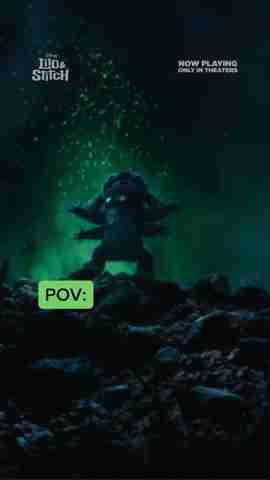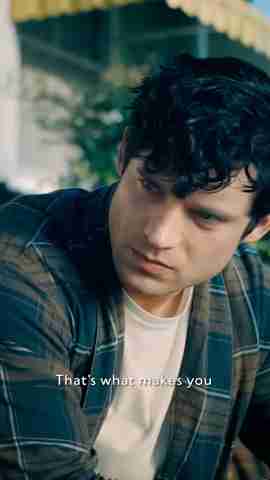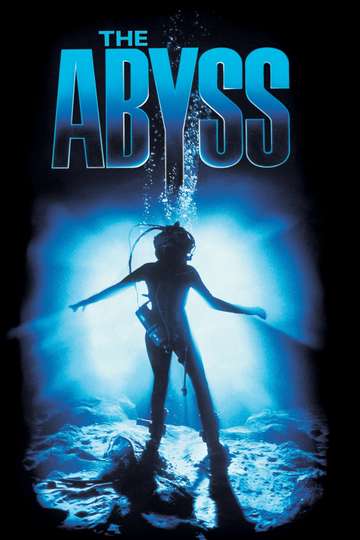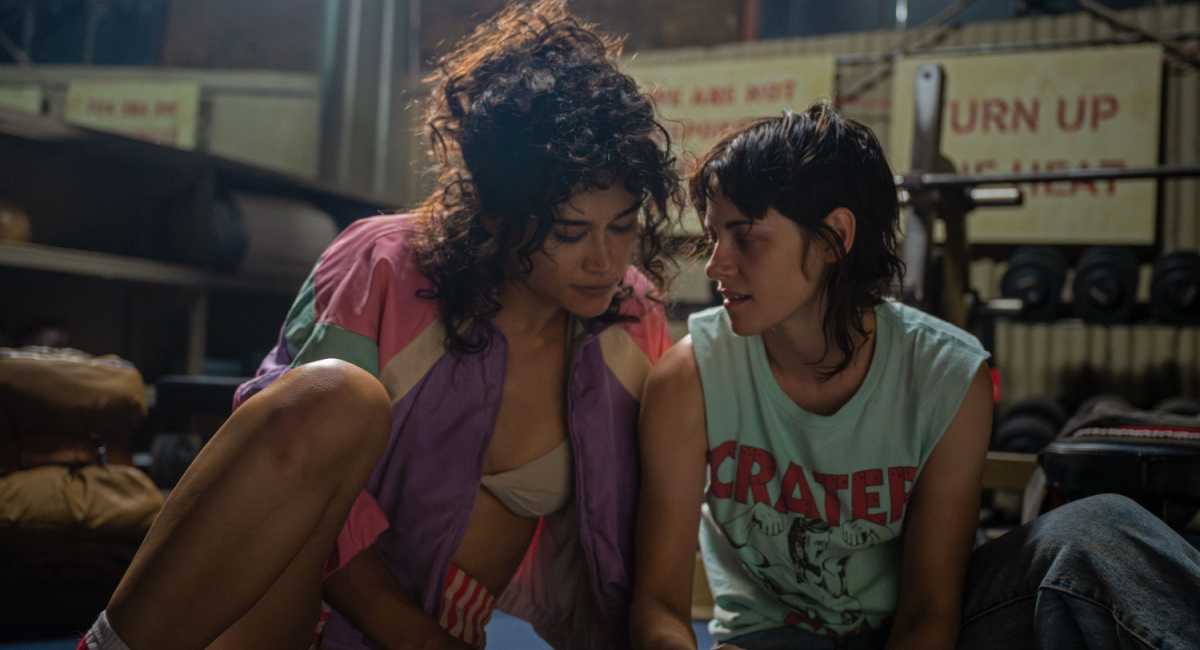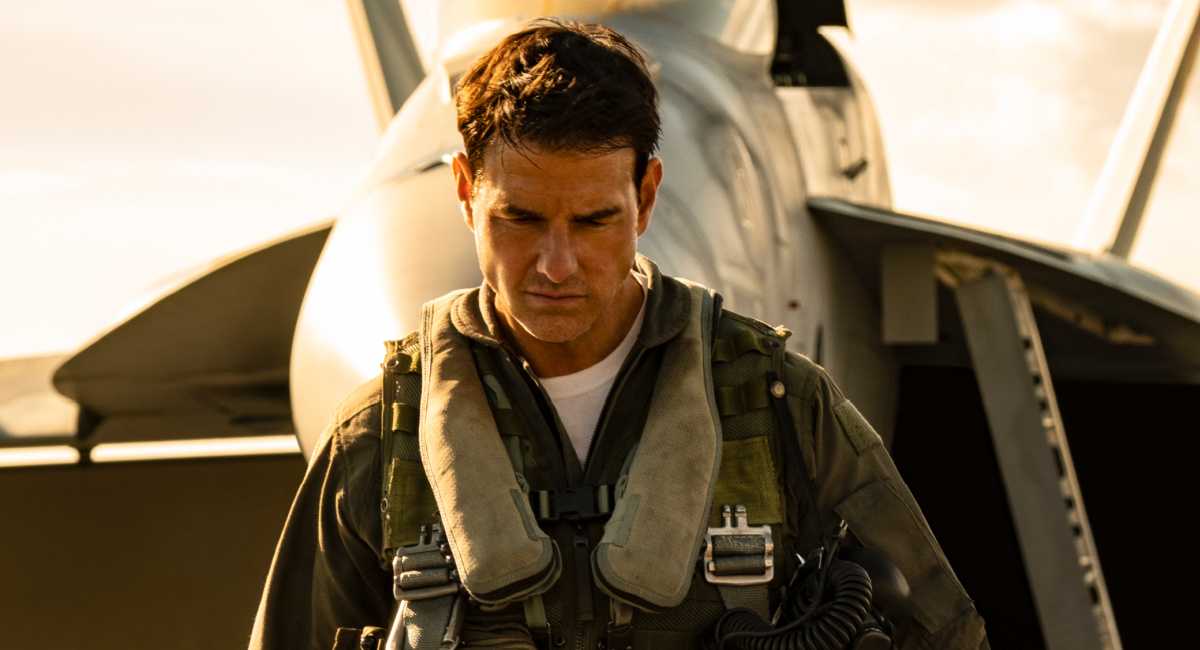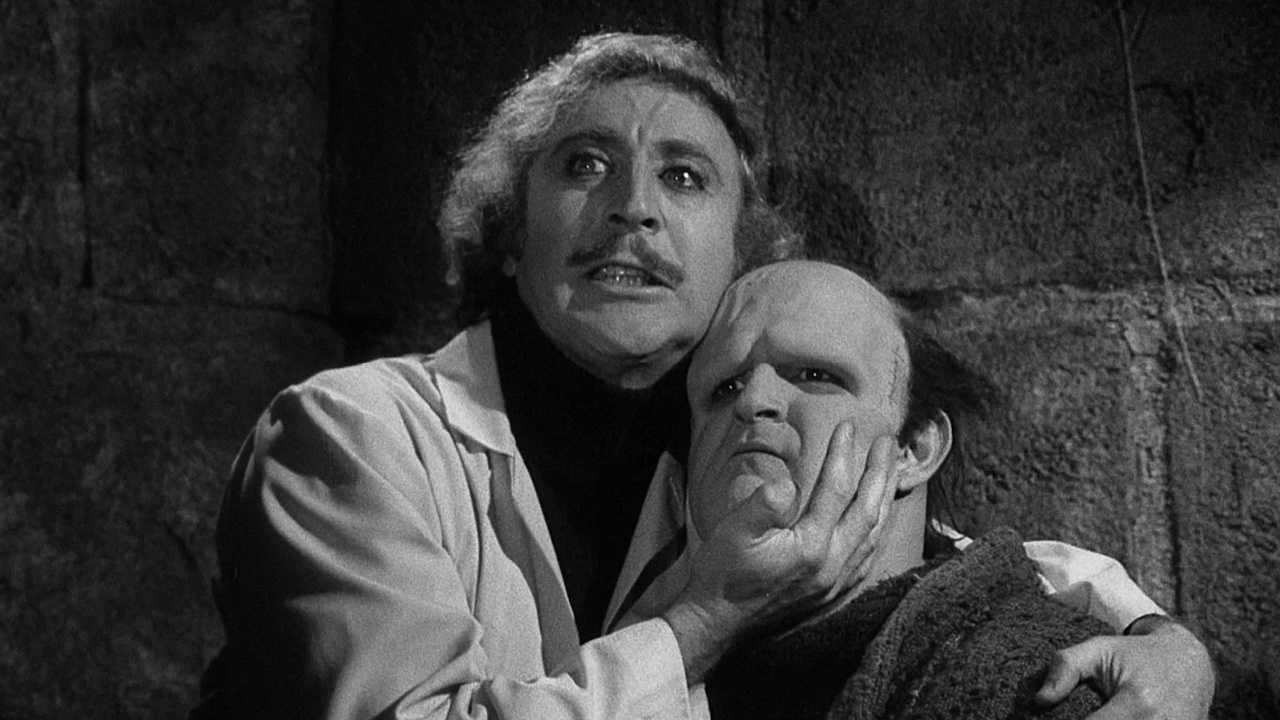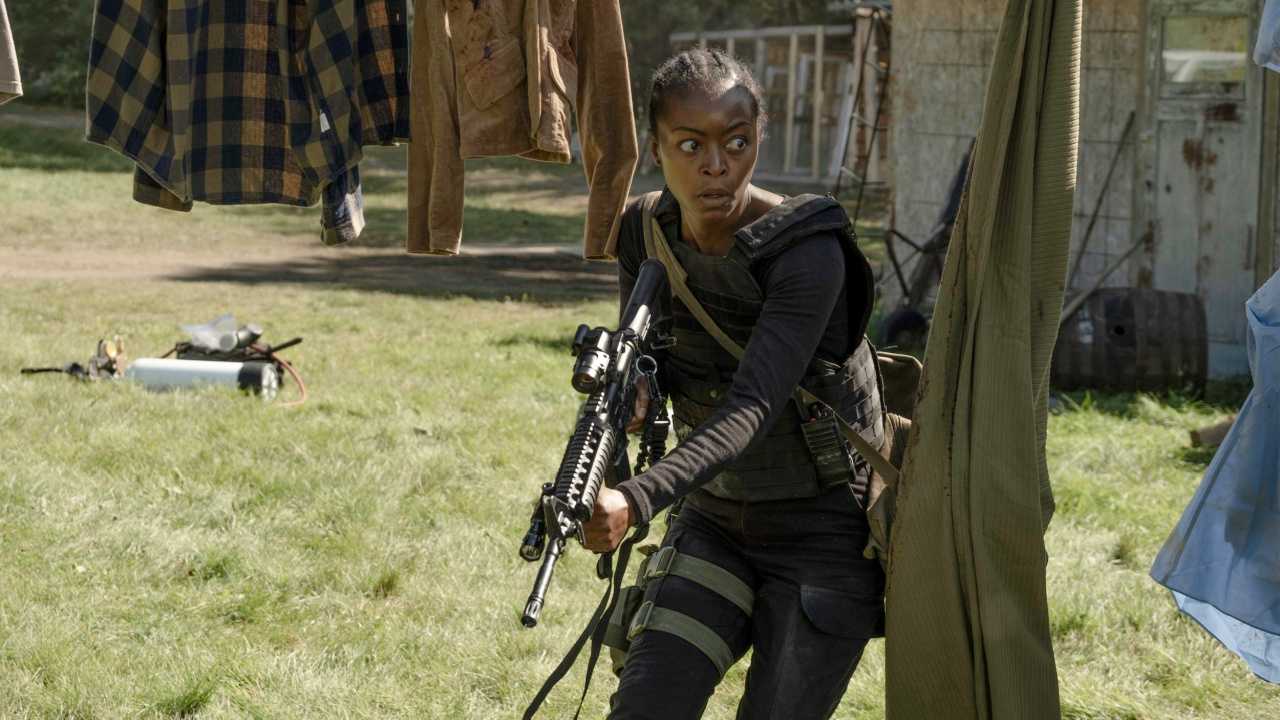16 Things You (Probably) Never Knew About 'The Abyss'
By the standards of 2019 special effects, “The Abyss” feels like an absolutely unimaginable accomplishment. James Cameron conceived, built and directed a film that mostly takes place underwater, using groundbreaking, proprietary technology not just to complete its special effects but to showcase the actors’ performances and record their dialogue while fully submerged. At the time of its release, it was viewed as a curio and to a commercial misfire (it was the only film of Cameron’s to not open at #1 at the box office). But 30 years later, it remains one of his signature achievements, in terms of the boundary-pushing logistics that went into bringing it to life, and secondarily, in being a lynchpin in Industrial Light & Magic’s ascendance to the top of the industry as a purveyor and provider of special effects.
Perhaps unsurprisingly, the film has cultivated its own legend over the years, collecting anecdotes and recollections from cast and crew members who struggled to fulfill James Cameron’s vision. But proof of “The Abyss”’ impact on film history (and the director’s own legacy) only continues to grow. On its 30th anniversary, Moviefone looks back at the complicated, often contentious production that led to one of cinema’s most ambitious and influential works.
1. James Cameron first conceived the premise of “The Abyss” when he was 17, after attending a presentation by Francis J. Falejczyk, the first diver to breathe fluid through his lungs.
2. Cameron went through many drafts of the script in the years after finishing “Aliens,” during which time he interpolated the idea of remote operated vehicles (inspired by a National Geographic film) and developed the character of Lindsey based on his then-partner Gale Anne Hurd. Hurd and Cameron separated during pre-production of the film and divorced in February 1989, two months after completing principal photography.
3. Cast and crew alike trained in underwater diving in the Cayman islands to prepare for the film, 40 percent of which would be shot underwater. Ever an innovator, Cameron and his company developed experimental technology that allowed the filmmaker to interact with the actors and record their dialogue live on tape.
4. Cameron chose Gaffney, South Carolina as the location of the shoot after Duke Power officials abandoned a $700 million power plant that could house the volume of water and the production infrastructure needed for the filmmaker to execute his vision. Holding 7.5 million gallons of water, the 55-foot-deep vessel was the biggest fresh-water tank in the world. A second tank one third as big gave the production a second tank to use for pick-up shots and sequences.
5. Principal photography was delayed after the tank sprang a leak on the first day of shooting, forcing the production to hire dam-repair experts to stop 150,000 gallons per minute from rushing out.
6. Cinematographer Mikael Solomon shot scenes with three cameras protected by specially designed, watertight housings. Cameron wanted to see the actors’ faces in the underwater suits and be able to hear their dialogue, so he enlisted Western Space and Marine to design helmets that wouldn’t fog or otherwise obscure their faces, and then added microphones that would provide crystal-clear audio.
7. The fluid breathing system that the rat is subjected to in the film does actually exist and has been tested thoroughly on animals. However, Ed Harris did not actually breathe the fluid, although there were sequences in which he had to hold his breath in a helmet full of fluid while being towed beneath the surface of the tank.
8. In order to expedite shooting and maintain the safety of the cast and crew, actors performed scenes at just 33 feet and rarely for more than an hour at a time, eliminating the need for them to decompress in between scenes or sequences. The production additionally hung actors from hoses where they could breathe pure oxygen to help avoid decompression sickness.
9. Few stunt people were used during shooting. For example, Mary Elizabeth Mastrantonio actually held her breath in order for Harris to drag her underwater. The scene where Catfish (Leo Burmester) fires a machine gun into the water was accomplished using live rounds and extreme safety precautions.
10. The production as a whole was grueling for the cast and crew, owing partially to Cameron’s dictatorial style but just as much to the logistical complexities of shooting a film that takes place primarily underwater. Even Cameron acknowledged, "I knew this was going to be a hard shoot, but even I had no idea just how hard. I don't ever want to go through this again." The shoot eventually went on for six months, subjecting everyone to six-day, 70-hour weeks.
11. Production went $4 million over budget and took 140 days to shoot. Harris reportedly refused initially to help promote the film; he did participate in the press tour, but has generally declined to discuss its making in subsequent years. Mastrantonio echoed Harris’ sentiments, saying, “The Abyss was a lot of things. Fun to make is not one of them.”
12. Industrial Light & Magic made its name creating the “water tentacle” after Phil Tippett referred Cameron to them to provide computer-generated visual effects. For what amounted to 75 seconds of computer graphics, ILM worked for six months, photographing the set comprehensively to recreate it in a computer and composite the animation into each frame. In fact, this was one of several sequences so demanding to complete that the film’s release was delayed by more than a month.
13. Miniatures were used extensively to complete sequences with the mini-submarines. Shots like the one where the subs explore the wreckage of the sunken nuclear sub were accomplished using miniature screens inside each model to project movies of the actors.
14. The movie’s legendary Special Edition was a restoration of the original cut Cameron prepared for the film, but chopped down mercilessly (and without studio interference) to create the theatrical cut. Unsure of whether or not the visual effects would be done for his original ending, in which a tidal wave threatens the shores of countries across the globe, Cameron elected to remove the sequence and maximize the emotional impact of the rest of the story.
15. For financial reasons, the “Deepcore” rig set was never dismantled after production wrapped. After the power plant was drained, it remained at the location until 2007, when it was demolished.
16. Much to this reporter’s consternation, the film has never been released on Blu-ray or even in anamorphic widescreen on DVD. Cameron was reportedly working on a 4K version of the film, but thus far it has never, ahem, surfaced.

















